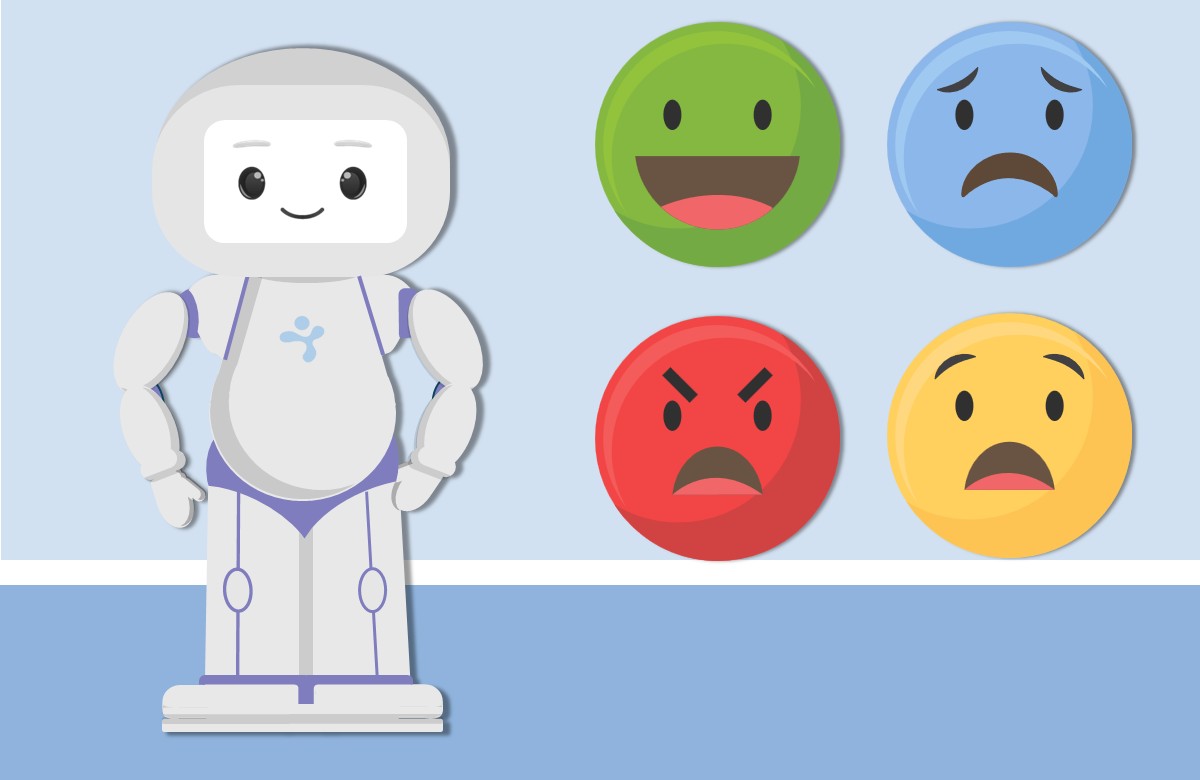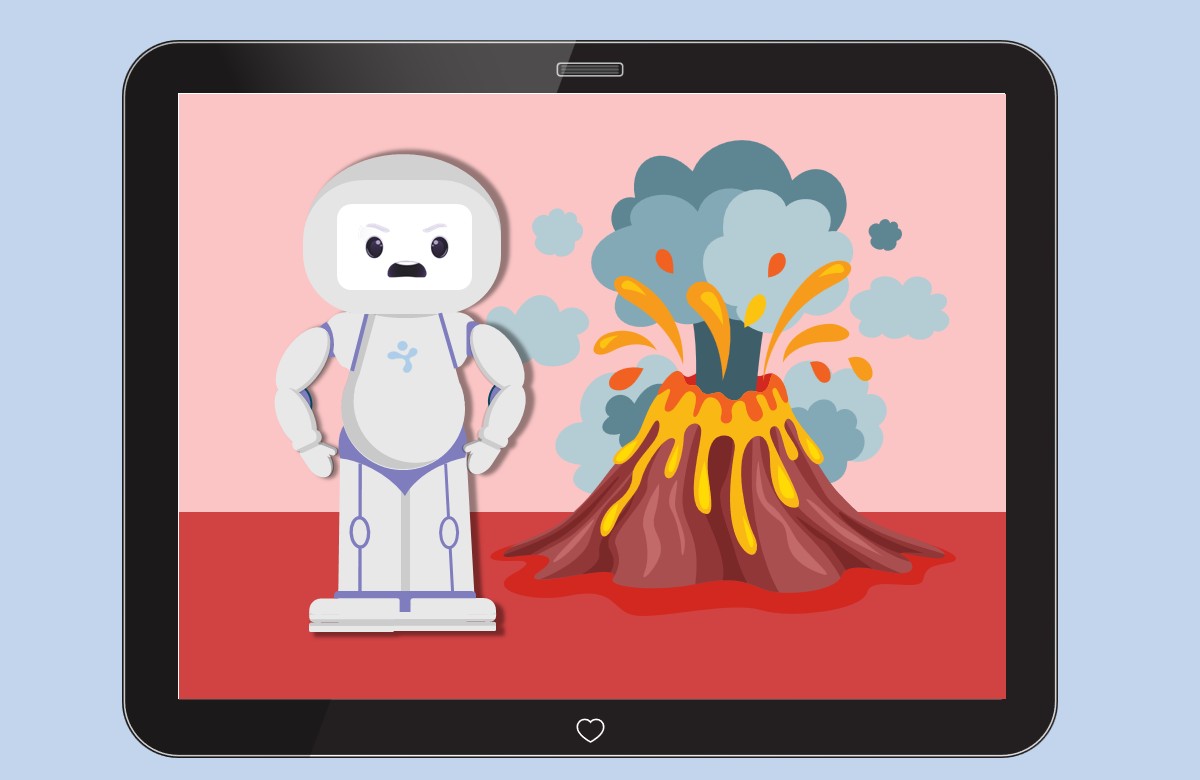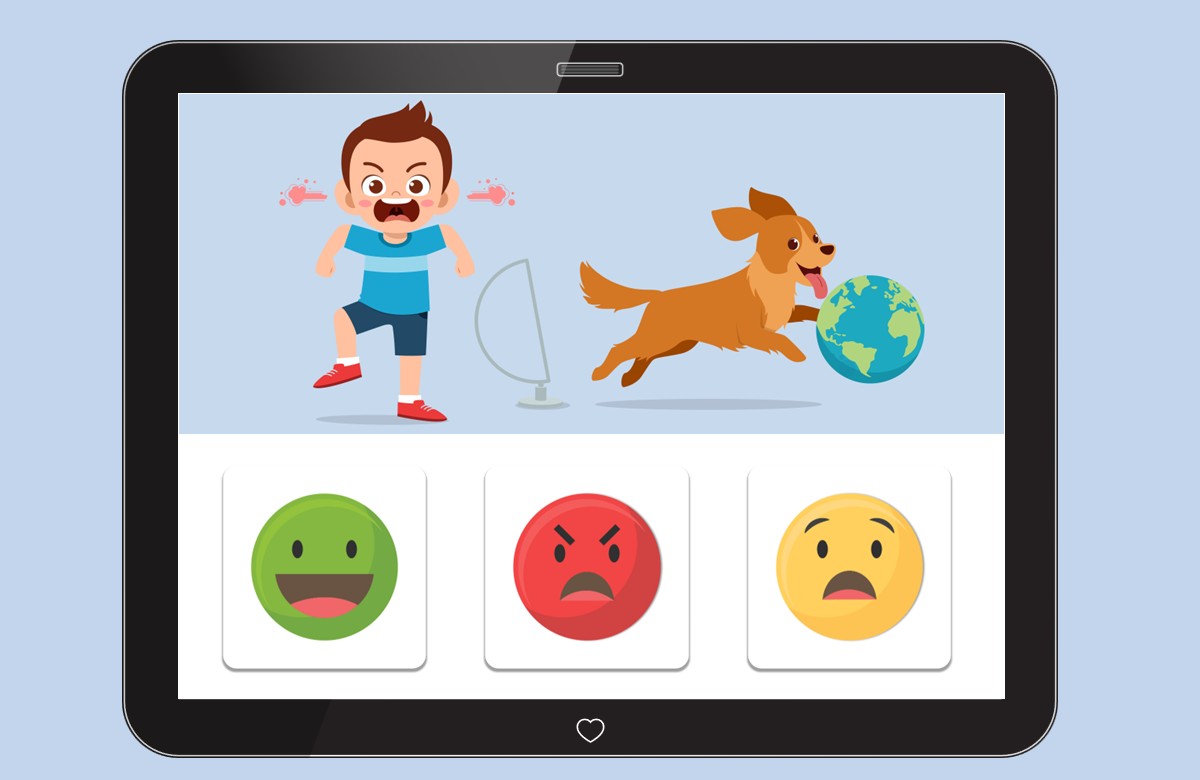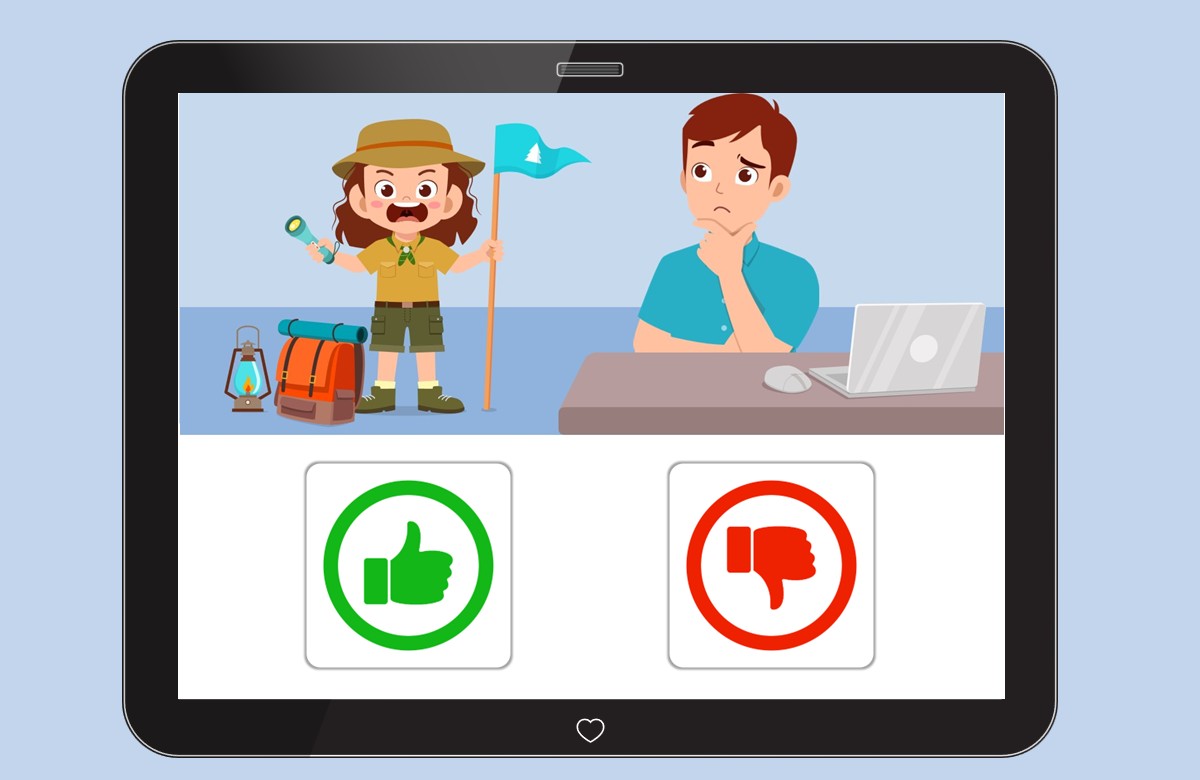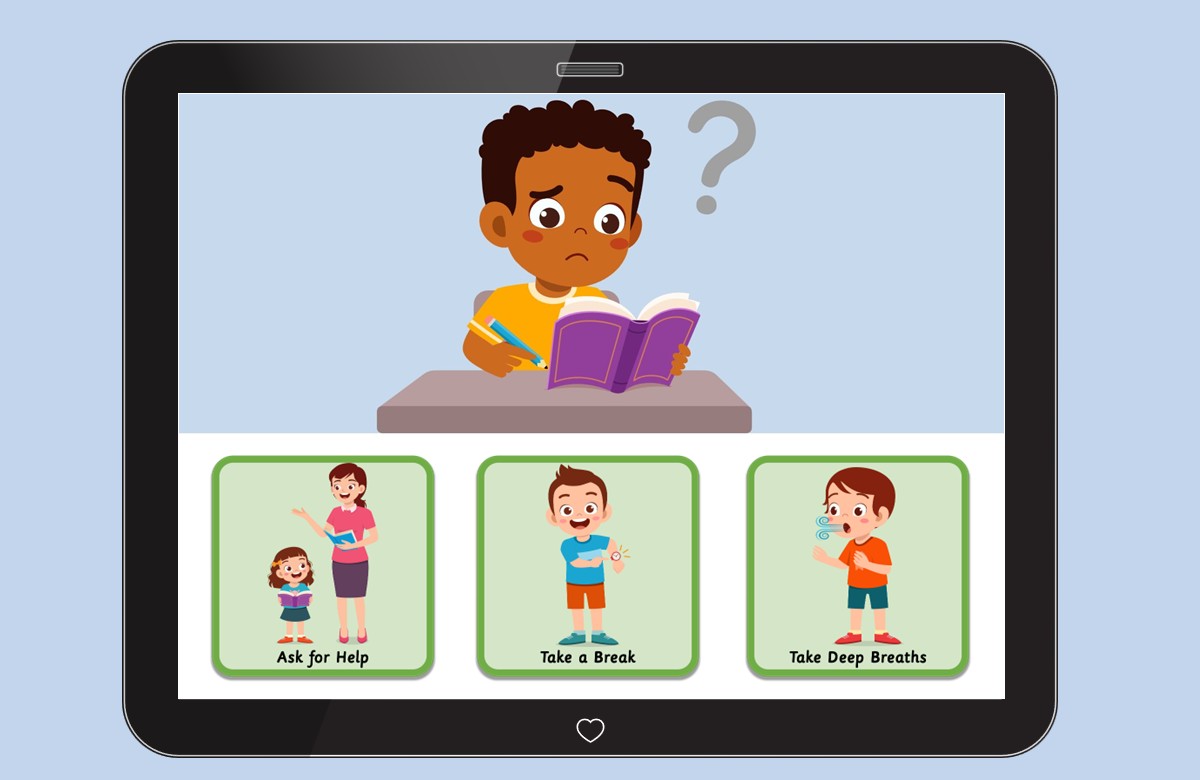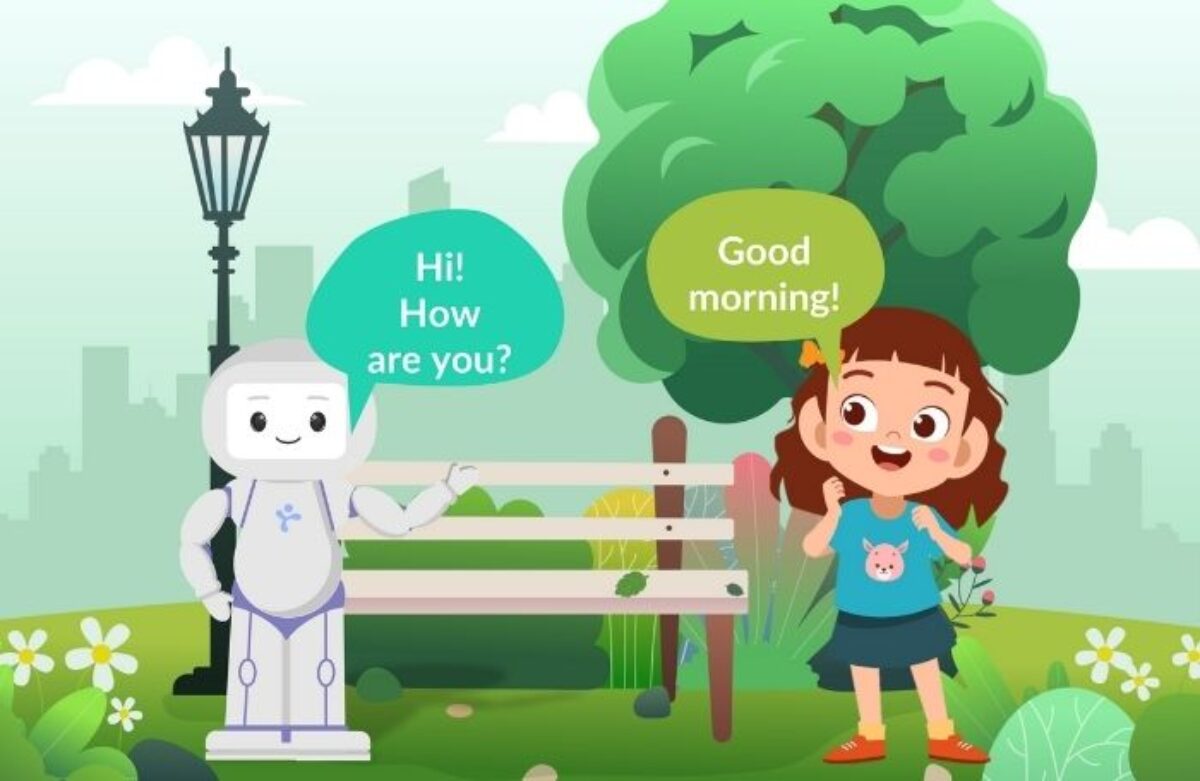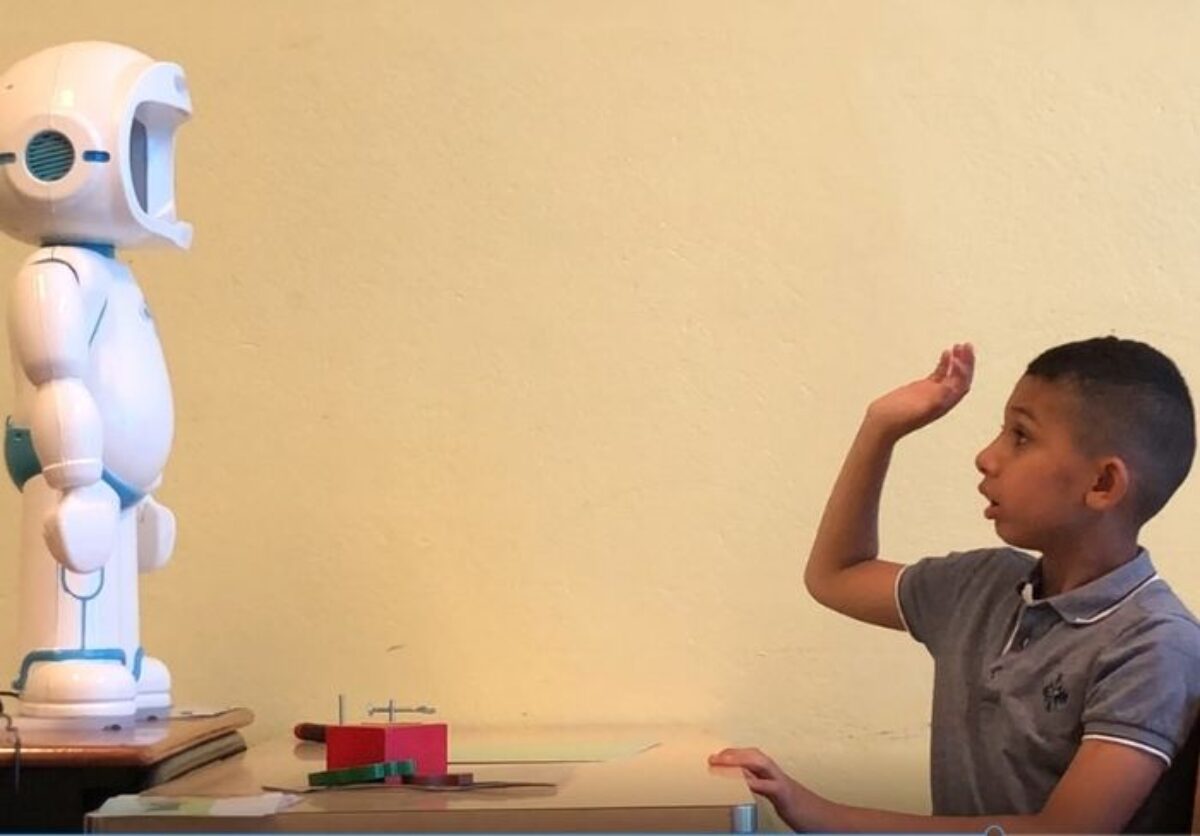QTrobot curriculum for emotions supports children with autism to practice emotions in a simplified and step by step manner and to develop skills that improve their mental health and ability to interact with others in society.
Topics Covered: Emotional skills, including emotion imitation, recognition, naming, generation, understanding & regulation
Number of Units: 18
Age range: 4-8 years of development
–> Included in the home and school subscription plan!
QTrobot emotional ability training curriculum for autism and SEN:
QTrobot curriculum for teaching emotions is organized around six main topics of emotional abilities, each broken down into several units. In each unit, QTrobot practices a new skill over a variety of stimuli and provides the learner with multiple trials to support skill mastery. The skills are then repeated in later units to support the maintenance of the learnt skills.
In addition, QTrobot also actively involves the trainer in the sessions to facilitate the generalization of the skills and support the development of social interaction between the child and the trainer.
The topics covered by this curriculum are:
1 – Emotion imitation
2 – Emotion recognition
3 – Emotion generation
4 – Naming emotions
5 – Emotion understanding
6 – Emotion regulation
Who Can Benefit from Our Emotional Ability Training Curriculum?
The application of this curriculum is not limited to the learners on the autism spectrum. Other individuals with difficulties in identifying, interpreting or responding to emotions can also benefit from it.
The curriculum is not limited to a specific age group and can be used for the learners in the pre-school, primary or secondary school age as long as they meet the prerequisites of each module and they haven’t yet developed the learning objectives of the module. It can be used in special need education settings, as well as in mainstream schools to boost learner’s emotional abilities and help them to be more comfortable with interaction with peers and other people around them.
Here are some examples of the QTrobot emotional ability training curriculum for autism:
Here is the outline of the educational sessions of the QTrobot emotional skills curriculum:
Module 1: Emotion Imitation
- Unit 1-Imitation of Facial Expressions: Practicing imitation of facial expressions of emotions, Joint attention, following directions and practicing receptive language related to emotions
- Unit 2-Imitation of Body Language: Practicing gross motor imitation, Joint attention, following directions and practicing receptive language related to emotions
Module 2: Emotion Recognition
- Unit 1-Recognition of basic emotions, Level 1: Practicing recognition of basic emotions (happy, sad, angry & scared) from smileys and QTrobot face, practicing the receptive language of emotions
- Unit 2-Recognition of basic emotions, Level 2: Practicing recognition of basic emotions (happy, sad, angry & scared) from cartoon characters, images of children and from the trainer, practicing the receptive language of emotions
- Unit 3-Recognition of basic emotions, Level 3: Practicing recognition of basic emotions (happy, sad, angry & scared) over 3 sets of human emotions to facilitate generalization, practicing the receptive language of emotions
Module 3: Emotion Generation
- Unit 1 – Generation of Facial Expressions: Practicing the generation of facial expressions after QTrobot naming the emotions, turn-taking
- Unit 2 – Generation of Body Language: Practicing the generation of facial expressions combined with body language after QTrobot naming the emotions, turn-taking
Module 4: Naming Emotions
- Unit 1 – Naming facial expressions: Practicing recognition of emotions from QTrobot face, child images and trainer’s face, practicing the expressive language of emotions
- Unit 2 – Pantomime play: Practicing recognition of body language of emotions from QTrobot, child images and the trainer, practising the expressive language of emotions
- Unit 3 – Naming facial expressions from videos: Practicing recognition of emotions from videos, practising the expressive language of emotions
Module 5: Emotion Understanding
- Unit 1 – Understanding the internal feeling of emotions: Practicing understanding of the internal feeling of emotions, the body reaction to each feeling and the context that emotion are triggered
- Unit 2 – Triggers of emotions: Practicing understanding of emotions from context and connecting situations with their potential emotional outcomes
- Unit 3 – Differentiate positive and negative emotions: Practicing identifying positive and negative emotions and discriminating the emotions we like to experience from the ones we don’t like to experience
- Unit 4 – Differentiate normal and too strong emotions: Practicing identifying situations in which emotions are felt too intense and identifying situations that emotions can cause negative outcomes
- Unit 5 – Point of view: Practicing understanding of the theory of mind and people’s different feelings and reactions in the same situation
Module 6: Emotion Regulation
- Unit 1 – Calming Down Strategies: Practicing strategies to calm down and regulate emotions
- Unit 2 – Reacting to various situations: Practicing understanding of emotions from context and finding the proper reaction to each situation
- Unit 3 – Showing empathy: Practicing understanding of emotions from the context and how one can help others to feel better
How can I get access to the Emotional Ability Training Curriculum?
QTrobot emotional ability training curriculum is a part of the teaching material belonging to both QTrobot for Home and QTrobot for Schools packages. Familiarize yourself with the packages:
